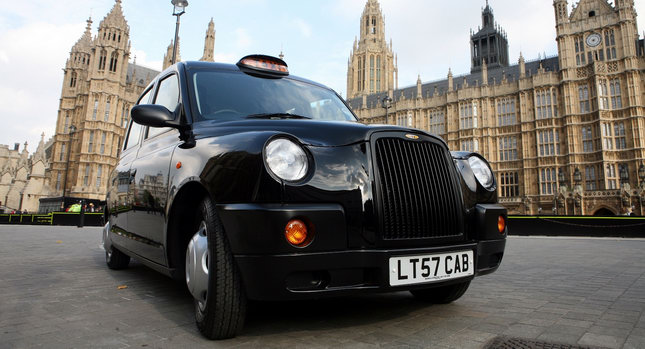According to a new study from EcoVelocity, London could be saved from 4,000 tonnes of CO2 every week if its 22,000 registered Hackney carriages, or black cabs as they are commonly referred to, were to become electric vehicles.
The above figure could more than triple if London’s private-hire vehicles, or minicabs, also ran on electricity. The study took into account the CO2 emissions of the three most common black cabs, the TXI, TXII and TX4 and the average mileage each cab covers every day.
The survey says that road transport accounts for 80% of Central London’s pollution and the cabs account for 20% of that.
EcoVelocity Director, Giles Brown, said: “Black cabs are one of the most common vehicles to see on London’s roads so it’s not surprising that they contribute a large proportion of its pollution. The amazing figures we’ve uncovered with this study illustrate clearly what a huge difference can be made to our quality of life by making a change.”
LTI, the maker of the black cabs, had announced in 2008 that it was working on an EV version of its latest model, the TX4, but we’ve yet to see it on the road. On the other hand, specialist distributor Eco City Vehicles said in 2010 that it will develop a pure electric version of the Mercedes-Benz Vito private-hire vehicle.
Back in December of 2010, the Mayor of London, Boris Johnson, announced a new “clean air” initiative to improve the city’s air quality. It introduces an age limit of 10 years for existing black cabs and 15 years for personal-hire vehicles.
Starting from April 1, 2012, all newly-licensed PHVs must be no more than five years old and meet the EU4 emissions standards and all newly-licensed black cabs have to meet the even more strict EU5 standards. Currently the latest black cab, the TX4, meets only EU4 standards.








